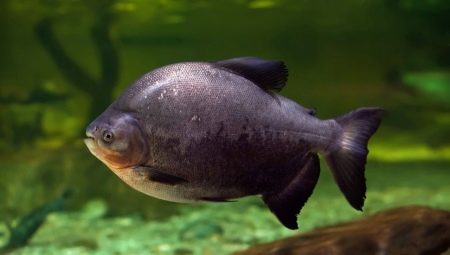Many aquarists, in addition to ornamental fish, prefer to contain exotic varieties of aquatic inhabitants. Among the available variety of outlandish inhabitants, it is worth highlighting the Paku fish, which is a close relative of dangerous piranhas.
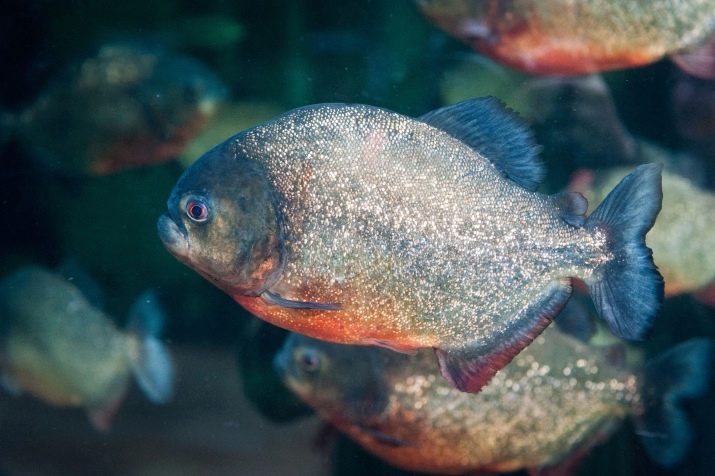
Characteristic
Such an aquarium inhabitant is described as a fish with curious eyes that slowly explores its environment, but the outward resemblance to one of the most dangerous predators sometimes makes you think about its curious and phlegmatic disposition.
Paku fish is really a close relative of dangerous piranhas, since it belongs to the same family. However, unlike its dangerous relatives, it is a herbivore, therefore it feeds mainly on plant foods, not posing a danger to humans in open reservoirs and closed reservoirs. It is worth noting that young representatives of this breed can eat gastropods, crustaceans and other small insects that fall into the water. The adult is still herbivorous.
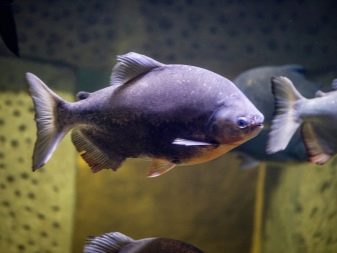
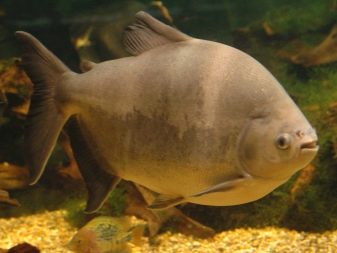
Paku is considered a sought-after individual not only for fish farming, but also for fishing; in the wild, such fish is most often found in Asian countries, as well as in North America.
However, it is regarded by experts as harmful, since it is able to displace indigenous breeds from their natural habitat. In addition to living in natural waters, Paku is actively bred in nurseries around the world. Dolphins and crocodiles are considered natural enemies of the Pak. however, in aquariums and nurseries, relatives of piranhas do not encounter such a danger.
The fish are distinguished by the ellipsoidal structure of the body, therefore, from the sides they resemble a disk in shape. The dorsal and anal fin has a quadrangular structure, in which a narrowing will be noticeable to the tail. The caudal fin is divided into two parts, and the anal fin reaches the tail of the fish. The scales covering the body of the fish will be small, they are characterized by a silver tint. Paku's eyes are expressive, actively rotate when the aquarium inhabitants swim, the mouth is also notable for its large size.
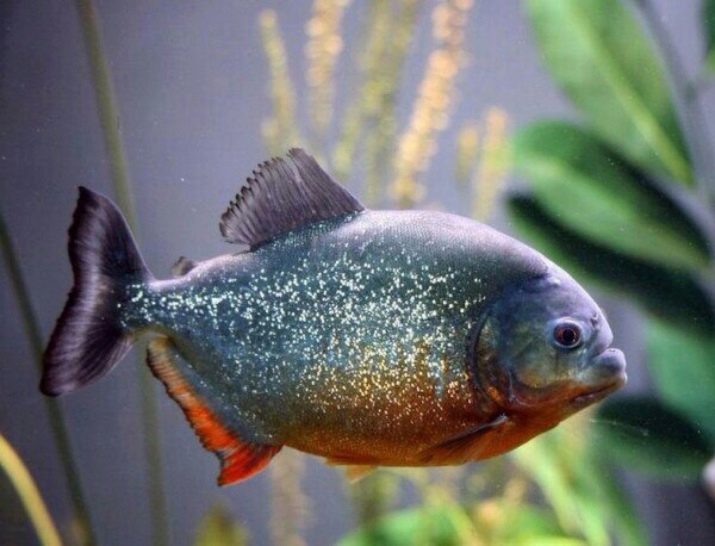
The structure of the jaws of the fish is quadrangular, outwardly there are some similarities with the structure of human teeth.
Such fish in aquariums are rarely bred one by one, but the pack still prefers to stay apart from the rest of the inhabitants. They form a pair exclusively for spawning. Due to the structure of their teeth, fish can cope well with eating even hard-leaved crops. Despite their size, the pacu are distinguished by timidity, react negatively to loud sounds or sudden movements near. Usually, the life expectancy of fish is about 30 years, but this concerns the habitat of individuals in the natural environment, in captivity they survive up to a maximum of 15 years.

Interesting features
A remarkable feature of this freshwater fish is the structure of its teeth and jaws. In addition to the fact that they look like human ones, the jaws of herbivores are so strong that they cope well with eating shells from nuts.
In closed tanks, fish reaches average size and weight, but in the wild during its life, it can gain about 40 kilograms of live weight, reaching a length of one meter.
Many inexperienced aquarists are frightened by the similarity of paca to piranha, however, it will be possible to distinguish these representatives of the aquatic fauna by the appearance of their jaws, and for this it is not necessary to look directly into the fish's mouth. In predatory fish, the lower jaw will be strikingly protruding in comparison with the upper, while in the pack they will be the same.
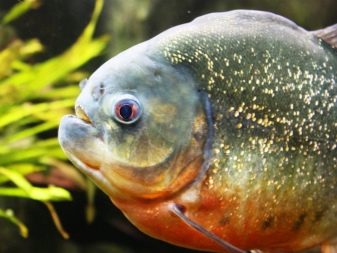
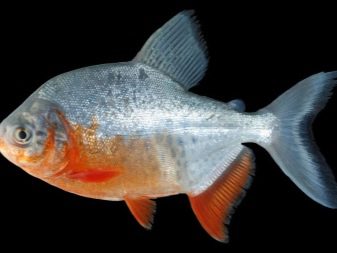
Kinds
Most often in aquariums you can find the following varieties:
- red;
- black pacu.
For the first species, there are several more names - red-bellied pacu, two-toed colossom. The main color of the body of the fish will be dark, a vertical strip is present on the caudal fin. Red color is present on the gills, lower jaw, as well as the abdomen of the fish, sometimes individuals with interspersed orange shades are found. The pectoral and anal fins will always be red. In the wild, fish can reach impressive size and weight. Most often, red pacu is found in reservoirs near the Amazon.
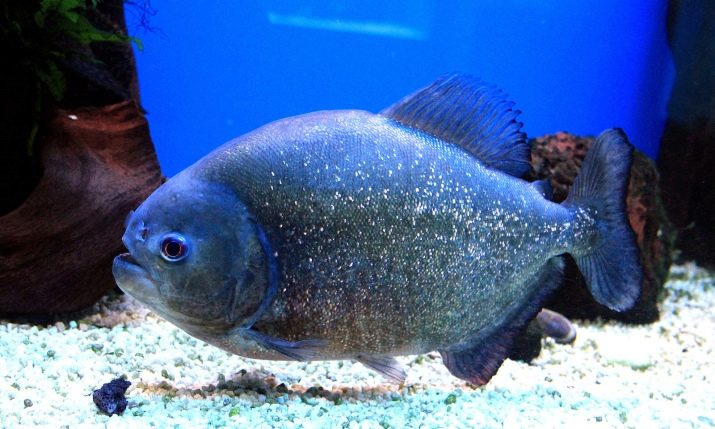
The breed has pronounced sexual dimorphism, so females will be significantly smaller than males.
Usually, in the natural environment, fish grow up to one meter, with regard to the aquarium content, the red paku will be no more than 60 centimeters in length. Subject to proper conditions regarding maintenance, individuals can live for a long time in aquariums at home.

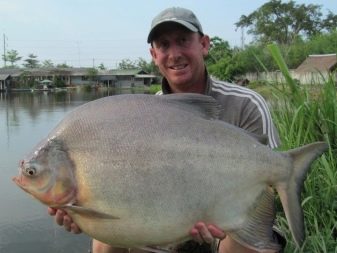
Red-bellied Paku
Red-bellied Paku is not aggressive, prefers water temperature in the range from +22 to +28 degrees, wherein suitable acidity will be an indicator of the order of 5-20 pH. For fish, it is best to choose artificial ponds or tanks with shallow soil at the bottom, however, planted decorative aquarium plants will be consumed very quickly by fish, so it is recommended to refrain from using them.
It is better to keep red pack in a society of fish of the same species in an amount up to 6 pieces.
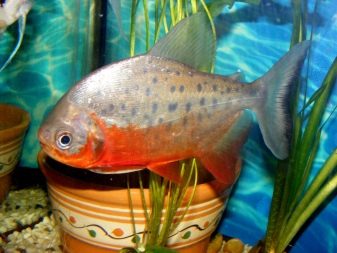
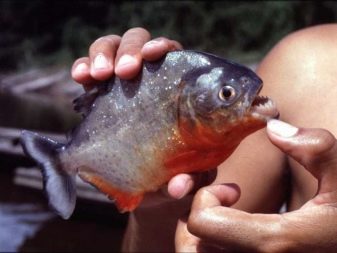
Black pacu
And this species has several names - in addition to the common one, fish is also called brown pacu. The predominant color of individuals will be gray in its various shades.You can find aquatic inhabitants of this species, in which the front of the abdomen, as well as the lower jaw, will have a pink tint. In the natural environment, the body length of the black pacu exceeds 1 meter, as for decorative and aquarium individuals, then the length of their body usually varies between 60-70 centimeters.
In closed conditions, the weight and size of the fish will directly depend on the size of the reservoirs and artificial reservoirs.
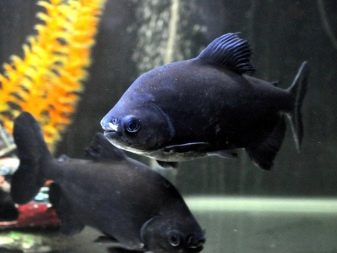
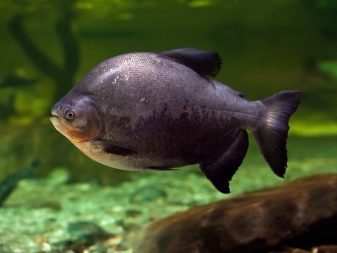
For this species, small fish as well as snails can be used as food. In a black paku, the body will be flattened from two sides, individuals stand out for stamina, therefore they live in reservoirs and aquariums for a rather long time. The behavior of this variety will be similar to the red pack, therefore even large fish will be very shy.
How to choose?
Paku for maintenance is not suitable for every aquarist and owner of an artificial reservoir, since individuals will require quite capacious tanks. In general, two species are similar to each other in terms of specificity of content, therefore in terms of choosing a suitable inhabitant, it is worth based on personal taste preferences regarding the appearance of the fish.
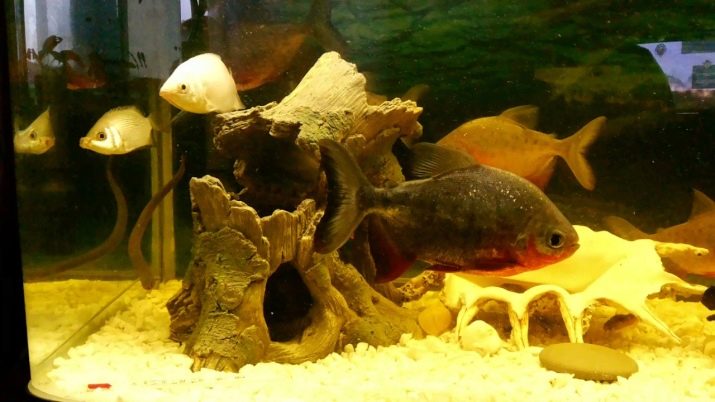
Basic content rules
A large exotic individual requires the breeder to provide certain conditions regarding cultivation.
Aquarium equipment
First of all, this concerns the place of permanent stay of fish. So, a pack with a single content will require a tank of at least 300 liters. Given this requirement, it is worthwhile to select the appropriate tank for the flock of river inhabitants. In addition to the displacement, an important nuance is the water temperature - it should be in the range of + 22-27 degrees, so the aquarist should take care of the availability of a quality heater.
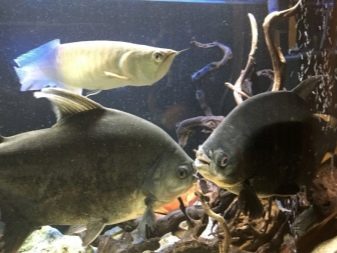

The liquid should have an acidity level within 7 pH, water hardness is not such an important indicator for Paku, so individuals will feel great in water with indicators ranging from 1 to 15 dGH.
It’s very important for the pack that the water environment is clean and oxygenated, so you need to install a powerful and good filter with an aerator. About a third of the total liquid volume in the fish tank is subject to weekly replacement. Fish also need lighting, for these purposes it is recommended to purchase fluorescent lamps.
Gravel will be suitable as a soil for the pack, but aquarium plants in any case should be discarded, since the artificial environment is regarded by fish as food. Typically, the decoration of tanks with such inhabitants is carried out with the help of several stones or snags.

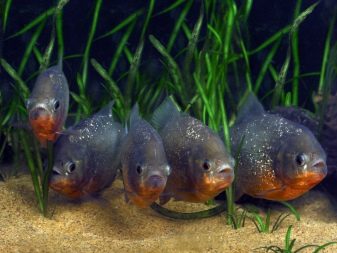
Feeding
The vegetable diet of Paku stands out for its diversity. As food for individuals of this breed, you can use lettuce, a variety of cereals, as well as vegetables and fruits.
Some aquarists practice feeding pacus with exotic fruits, but extreme caution should be exercised in this matter.
As live food, fish can be offered bloodworms, various larvae, snails, and crustaceans. It is worthwhile to approach the introduction of meat in a rational way, since such food can provoke aggressive behavior of fish. Paku should have plenty of food, this is due to its large size.
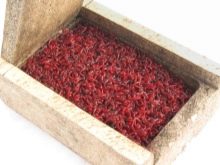

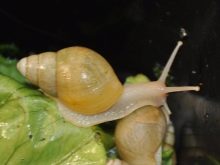
Care
In general, the breed is distinguished by persistent immunity to various viral and bacterial ailments. Therefore, the pack rarely get sick. However, errors regarding care can trigger the development of some ailments. Therefore, when keeping a pack, the aquarist will need change the water in the tank weekly, remove leftover uneaten food, and use powerful filters to purify water, because fish are not famous for their cleanliness.
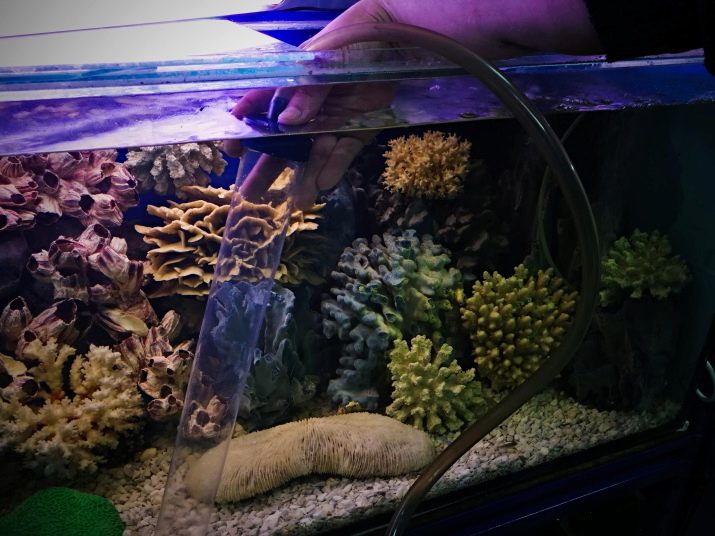
Breeding
Puberty occurs at the paku closer to 2 years, during this period the females will already be able to lay eggs, which the male will subsequently fertilize. Fry develop quite rapidly. However, in closed tanks, breeding can be difficult. In light of this, aquarists often resort to injections.
For spawning to be successful, the breeder will need to keep individuals in a free and large tank, make sure that they have a varied menu, in addition, in the existing pack, the number of males should be predominant.
For spawning, you can transplant fish into a separate spawning, its volume should not be less than 300 liters.
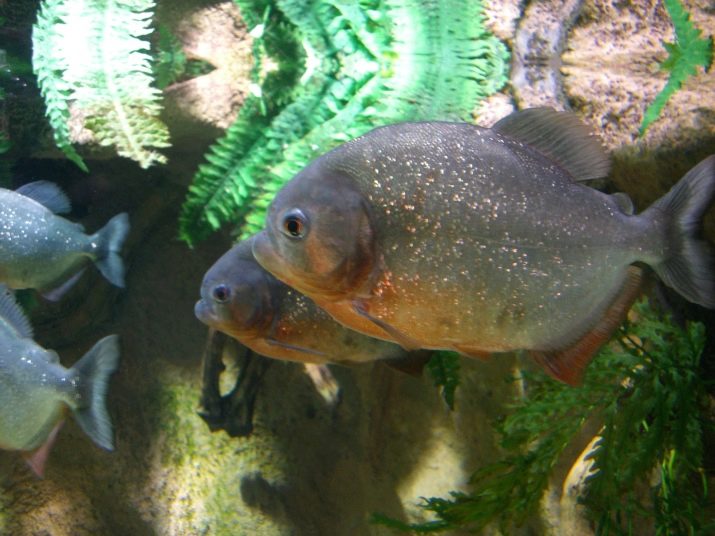
Before transplanting future parents there, the tank must undergo a disinfection. Selected paca are advised to pre-make pituitary injections.
Once the fertilization process is completed, adult fish will need to be transplanted back to the general aquarium. Fry will need to provide a balanced diet, for these purposes it is recommended to use artemia. As you grow, you can sort, separating larger packs from small ones.
Compatible with other fish
Among suitable aquatic inhabitants, breeds of large and calm fish, such as catfish or arovan, can be chosen as neighbors for pacu. As a rule, the paku favors most aquarium inhabitants, but too small or aggressive species for sharing should be avoided.
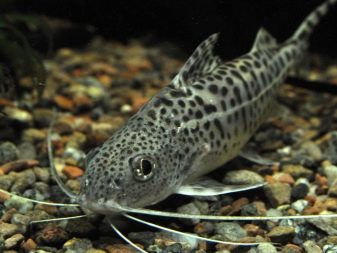
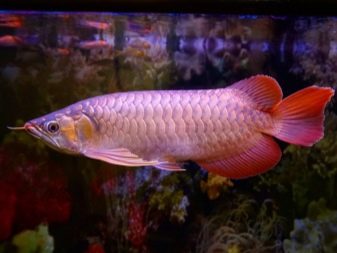
About the contents of fish paku see below.
